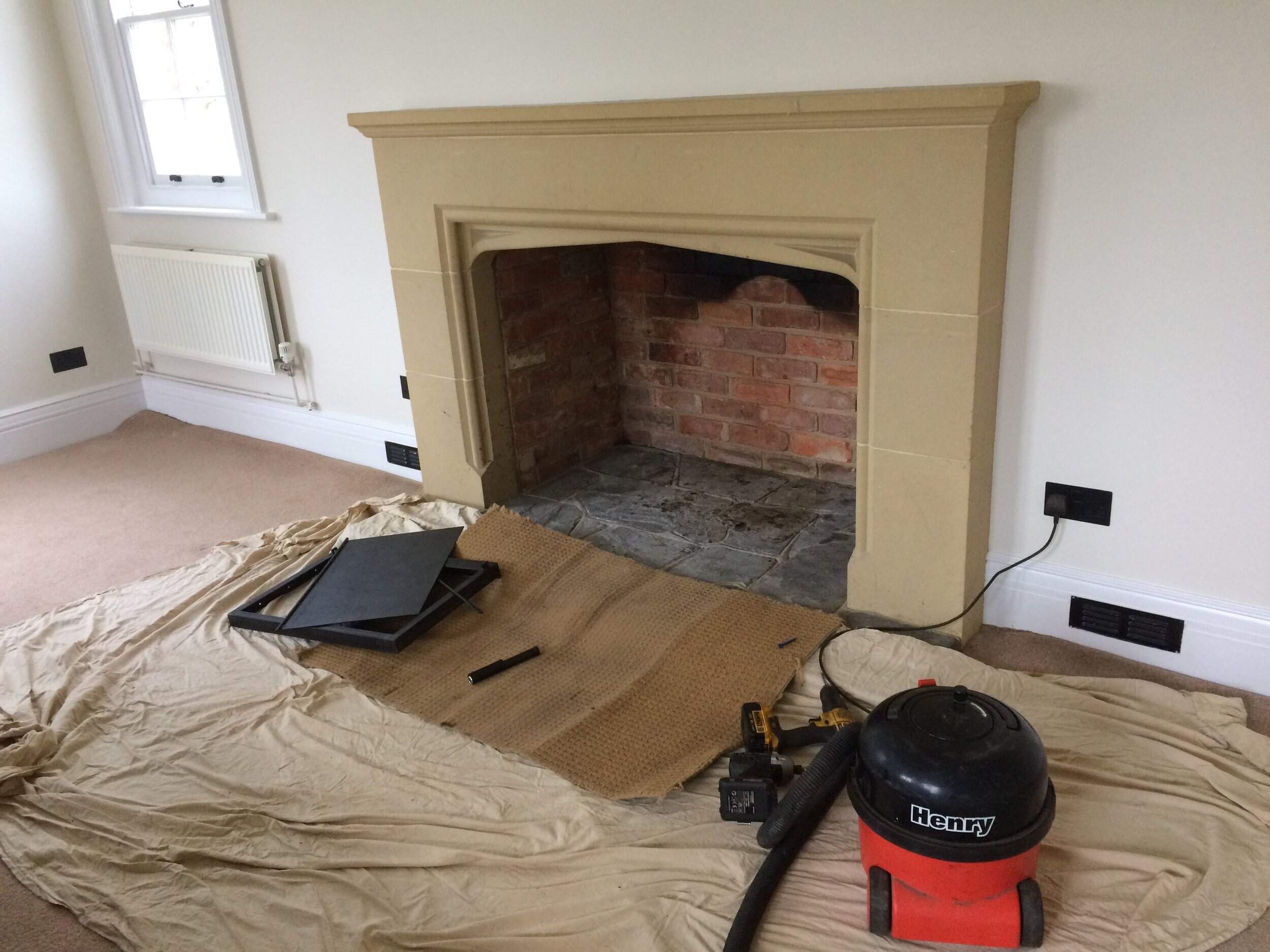

Articles
What Is A Damper In A Chimney
Modified: August 28, 2024
Learn all about chimney dampers and their importance in this informative article. Discover how dampers help regulate airflow and improve energy efficiency.
(Many of the links in this article redirect to a specific reviewed product. Your purchase of these products through affiliate links helps to generate commission for Storables.com, at no extra cost. Learn more)
Introduction
A chimney is an important component of a home’s heating system, allowing for the safe and efficient removal of combustion gases produced by a stove, fireplace, or furnace. In order for a chimney to function properly, it needs to have a well-designed structure and the right set of components. One such component is a chimney damper.
A chimney damper is a device that regulates the airflow within the chimney, controlling the amount of air that enters or exits the flue. It plays a crucial role in improving the efficiency of the heating system, preventing drafts, and reducing energy consumption. In this article, we will explore the purpose of a damper in a chimney, the different types available, their benefits, and factors to consider when choosing one.
Before we delve into the details of chimney dampers, let’s first understand how a chimney works.
Key Takeaways:
- A chimney damper is essential for controlling airflow, improving energy efficiency, and preventing drafts and animal intrusions. Choosing the right damper and regular maintenance are crucial for optimal functionality and safety.
- Understanding the purpose, benefits, and common issues of chimney dampers is key to maintaining a well-regulated airflow, energy efficiency, and protection against unwanted intrusions in a chimney system.
Read more: How To Install Chimney Damper
How Does a Chimney Work?
A chimney operates on the principle of draft, which is the flow of air upwards through the flue. When a fire is ignited in a stove, fireplace, or furnace, the combustion process generates hot gases and smoke. These gases, which could be harmful if inhaled, need to be safely expelled from the living space.
The chimney acts as a vertical passage, providing a pathway for the hot gases to escape. It is designed with an inner flue, which is the actual channel through which the gases travel, surrounded by an outer structure that provides insulation and protects the building from the heat.
As the hot gases rise through the flue, they create a pressure difference between the inside and outside of the chimney. This pressure difference creates a natural upward flow, known as convection, which draws fresh air into the firebox to support the combustion process.
The successful operation of a chimney relies on a few key factors. First, the height of the chimney is crucial in creating sufficient draft. Tall chimneys create greater pressure differences and enhance the upward flow of gases. The diameter of the inner flue is another important factor. It needs to be properly sized to allow for the efficient removal of gases while maintaining an adequate draft.
Now that we have a basic understanding of how a chimney works, let’s explore the purpose of a damper in this system.
Purpose of a Damper
A chimney damper serves several important purposes in a chimney system. Its primary function is to control the airflow within the flue, allowing the homeowner to adjust the amount of air entering or exiting the chimney. This control over airflow is essential for maintaining optimal combustion conditions and improving the overall efficiency of the heating system.
When a fire is not in use, a damper can be closed to prevent drafts and heat loss from the living space. This helps to conserve energy and reduce heating costs. Conversely, when a fire is lit, the damper can be opened to allow for the efficient venting of combustion gases. By controlling the amount of air entering the chimney, a damper helps to regulate the combustion process, preventing smoky or inefficient fires.
Additionally, a chimney damper acts as a barrier, preventing animals, debris, and unwanted elements from entering the chimney. This can be especially important during the warmer months when the chimney is not in use. Without a damper, birds, squirrels, or even rain and snow can enter the chimney, causing damage and obstructing airflow.
Furthermore, a damper plays a role in enhancing the safety of the chimney system. It can be closed when the heating system is not in use, preventing the backflow of toxic gases, such as carbon monoxide, into the living space. This is particularly important for homes with older or poorly functioning heating systems.
In summary, the purpose of a chimney damper is to:
- Control airflow within the chimney
- Improve combustion conditions and heating system efficiency
- Prevent drafts and heat loss from the living space
- Act as a barrier against animals, debris, and unwanted elements
- Enhance the safety of the chimney system
Now that we understand the purpose of a damper, let’s explore the different types of dampers commonly used in chimneys.
Types of Dampers for Chimneys
There are several different types of dampers available for chimneys, each offering its own unique features and advantages. The choice of damper depends on factors such as the type of heating system, the design of the chimney, and personal preferences. Let’s explore some of the most common types of dampers:
- Throat Dampers: Throat dampers are the most traditional type of damper, located at the top of the firebox, just above the throat of the chimney. They are typically made of cast iron or steel and are operated using a lever or chain mechanism. Throat dampers are effective in sealing off the chimney when not in use, preventing drafts and heat loss. However, they can be prone to rust and corrosion over time.
- Top-Sealing Dampers: Top-sealing dampers are installed at the top of the chimney, completely sealing off the flue when not in use. They are typically operated using a cable system, allowing the damper to be opened or closed from inside the house. Top-sealing dampers provide better insulation and protection against drafts than throat dampers, as they create an airtight seal at the top of the chimney. They can also help prevent animals from entering the chimney.
- Energy-Saving Dampers: Energy-saving dampers are designed with additional insulation, providing better energy efficiency and reducing heat loss. They are often made of stainless steel and are fitted with a rubberized gasket seal to create an airtight closure. Energy-saving dampers are particularly beneficial in colder climates, as they help to retain heat and save on heating costs.
- Spring-Loaded Dampers: Spring-loaded dampers are commonly used in wood-burning stoves and inserts. They are equipped with a spring mechanism that automatically opens and closes the damper as the fire is lit or extinguished. Spring-loaded dampers are simple to operate and provide effective control over the airflow, ensuring proper combustion and reducing the risk of smoke entering the living space.
When choosing a damper for your chimney, it’s important to consider your specific needs and preferences. Factors such as ease of operation, durability, energy efficiency, and protection against drafts and animals should all be taken into account.
Now that we have explored the different types of dampers, let’s move on to discuss the benefits of using a damper in a chimney system.
Benefits of Using a Damper
Using a damper in a chimney system offers several important benefits for homeowners. Let’s explore some of the key advantages of installing and utilizing a damper:
- Improved Energy Efficiency: One of the primary benefits of using a damper is improved energy efficiency. By closing the damper when the fireplace or heating system is not in use, homeowners can prevent drafts and heat loss from the living space. This helps to conserve energy and reduce heating costs, especially during colder months.
- Control over Airflow: A damper provides homeowners with the ability to control the airflow within the chimney. By adjusting the position of the damper, they can regulate the amount of air entering or exiting the flue. This control is essential for optimizing the combustion process, ensuring clean and efficient fires, and reducing the risk of smoke entering the living space.
- Protection against Drafts: With a properly functioning damper, homeowners can effectively eliminate drafts from entering the living space through the chimney. This improves comfort levels within the home and prevents cold air from infiltrating the room when the heating system is not in use.
- Prevention of Animal Intrusion: Another important benefit of using a damper is the prevention of animal intrusion. When the damper is closed, it acts as a barrier, keeping birds, squirrels, and other small animals from entering the chimney. This helps to avoid potential nesting and blockages, ensuring the chimney operates smoothly.
- Safety Enhancement: A damper also plays a crucial role in enhancing the safety of the chimney system. When the heating system is not in use, closing the damper prevents toxic gases, such as carbon monoxide, from backflowing into the living space. This is especially important for homes with older or malfunctioning heating systems.
Overall, using a damper in a chimney system provides homeowners with better control, improved energy efficiency, protection against drafts and animals, and enhanced safety. The right damper can make a significant difference in the performance and functionality of the chimney system.
Now that we understand the benefits of using a damper, let’s explore some important factors to consider when choosing one.
Read more: What Is The Damper In A Fireplace
Factors to Consider When Choosing a Damper
Choosing the right damper for your chimney involves considering several important factors. By taking these factors into account, you can ensure that you select a damper that will meet your specific needs and provide optimal performance. Let’s explore some key considerations when choosing a damper:
- Type of Heating System: The type of heating system you have will play a role in determining the type of damper that is suitable. For example, a wood-burning stove may require a spring-loaded damper, while a gas fireplace may be compatible with a top-sealing damper. Consider the specific requirements of your heating system when making a selection.
- Chimney Design: The design and condition of your chimney will also affect your choice of damper. Some dampers, such as throat dampers, are installed within the firebox and require sufficient space for proper operation. Others, like top-sealing dampers, are installed at the top of the chimney and may require additional clearance. Assess the design and dimensions of your chimney to ensure compatibility.
- Ease of Operation: Consider how easy the damper is to open and close. Some dampers may have a lever or chain mechanism, while others may require a cable or handle. Choose a damper that you can operate comfortably and effortlessly, ensuring convenient use on a regular basis.
- Durability and Longevity: Look for a damper that is constructed from high-quality materials and designed to withstand prolonged use and exposure to heat. Stainless steel and cast iron are commonly used for their durability and resistance to rust and corrosion.
- Insulation and Energy Efficiency: If energy efficiency is a priority for you, consider a damper that offers additional insulation. Dampers with gasket seals or energy-saving features can help reduce heat loss and improve energy efficiency, resulting in cost savings over time.
- Protection against Animals: If you are concerned about animals entering your chimney, choose a damper that provides a barrier against intrusion. Look for features such as mesh screens or tightly sealed closures to prevent animals from accessing the flue.
By considering these factors, you can select a damper that is compatible with your heating system, chimney design, and specific requirements. Remember to consult with a professional if you are unsure about the compatibility or installation process.
Now that we have explored the factors to consider when choosing a damper, let’s move on to discussing the installation and maintenance of a chimney damper.
Regular maintenance of a chimney damper is important to ensure proper ventilation and prevent drafts. Inspect and clean the damper regularly to keep it functioning effectively.
Installation and Maintenance of a Chimney Damper
The installation and maintenance of a chimney damper are important steps in ensuring its proper functionality and longevity. While it is recommended to have a professional handle the installation process, understanding the basics can help you make informed decisions and properly maintain your damper. Here is a guide to the installation and maintenance of a chimney damper:
Installation:
- Assess the Chimney: Before installing a damper, assess the condition and dimensions of your chimney. Ensure that the damper you choose is compatible with the design and size of your chimney flue. If you are unsure, consult a professional to guide you through the process.
- Hire a Professional: While there are DIY installation kits available, it is recommended to hire a professional for the installation. Chimney professionals have the expertise and experience to ensure proper installation, making sure the damper fits securely and operates smoothly.
- Follow the Manufacturer’s Instructions: If you choose to install the damper yourself, carefully follow the manufacturer’s instructions provided with the product. This will ensure that you install the damper correctly and avoid any potential issues or complications.
- Test for Proper Operation: Once the damper is installed, test it to ensure proper operation. Open and close the damper to confirm smooth movement and a tight seal. Check for any signs of air leakage or gaps that may require adjustment or repair.
Maintenance:
- Regular Inspection: It is recommended to inspect your chimney damper annually or as recommended by the manufacturer. Check for any signs of damage, rust, or wear and tear. Look for smooth operation and a proper seal when the damper is closed.
- Clean the Damper: Over time, soot and creosote can accumulate on the damper, affecting its performance. Use a soft brush or cloth to clean the damper regularly, removing any buildup or debris that may hinder its operation.
- Lubrication: If your damper has moving parts or hinges, lubricate them as recommended by the manufacturer. This will help ensure smooth opening and closing of the damper and prevent it from sticking or becoming difficult to operate.
- Address Issues Promptly: If you notice any issues with your damper, such as poor seal or difficulty in operation, address them promptly. Ignoring problems can lead to further damage and compromise the effectiveness of the damper.
By following these installation and maintenance guidelines, you can ensure that your chimney damper functions properly and lasts for years to come. Regular inspection and care will help maintain optimal performance and safety.
Now that we have discussed the installation and maintenance of a chimney damper, let’s address some common issues that may arise.
Read more: What Do Dampers Do In HVAC
Common Issues with Chimney Dampers
While chimney dampers play a vital role in the performance of the chimney system, they can experience certain issues over time. Understanding these common issues can help you identify and address them promptly, ensuring the proper functioning of your damper. Here are some of the common issues that can arise with chimney dampers:
- Rust and Corrosion: Dampers, especially those made of cast iron or steel, can be prone to rust and corrosion over time. Exposure to moisture and acidic byproducts of combustion can accelerate this process. Rust can weaken the structure of the damper and hinder its smooth operation. Regular inspections and maintenance can help identify signs of rust and corrosion early on.
- Lack of Proper Seal: A damper should create a tight seal when closed to prevent drafts, air leakage, and heat loss. However, over time, the seals or gaskets may wear out, compromise their effectiveness. This can result in drafts entering the living space or reduced energy efficiency. Inspecting the damper’s seal periodically and replacing any deteriorated seals can help maintain a proper seal.
- Difficulty in Operation: Damper mechanisms can become worn or damaged, causing difficulty in opening or closing the damper. This can lead to frustration and the inability to properly control airflow. Lubricating the moving parts and hinges regularly, as well as addressing any issues promptly, can help ensure smooth and easy operation.
- Blockages and Obstructions: Animals, debris, or nesting materials can obstruct the damper and hinder its operation. This can lead to poor airflow, backdrafts, or even chimney fires. Regular inspections and the use of a chimney cap or spark arrestor can help prevent these blockages and obstructions.
- Damage from Chimney Fires: In the event of a chimney fire, the extreme temperatures can cause damage to the damper. It may warp, crack, or become misaligned, impairing its performance. It is important to have the chimney inspected and the damper repaired or replaced if it has been exposed to a chimney fire.
It is essential to address these common issues with chimney dampers as soon as they arise. Regular inspections, maintenance, and prompt repairs can help prevent further damage and ensure the safe and efficient operation of your chimney system.
Now that we have discussed the common issues with chimney dampers, let’s conclude our article.
Conclusion
A chimney damper is a crucial component of a chimney system, providing control over airflow, improving energy efficiency, and enhancing the overall functionality of the chimney. By regulating the amount of air entering or exiting the flue, a damper allows homeowners to optimize the combustion process, prevent drafts, and reduce energy consumption.
There are several types of dampers available for chimneys, including throat dampers, top-sealing dampers, energy-saving dampers, and spring-loaded dampers. The choice of damper depends on factors such as the type of heating system, chimney design, and personal preferences.
The benefits of using a chimney damper are numerous. Homeowners can enjoy improved energy efficiency, better control over airflow, protection against drafts and animals, and enhanced safety. It is essential to consider factors such as the type of heating system, ease of operation, durability, insulation, and protection against animals when choosing a damper.
The installation and maintenance of a chimney damper require careful attention. While it is recommended to hire a professional for the installation, understanding the installation process can help homeowners make informed decisions. Regular maintenance, including inspection, cleaning, and lubrication, is key to ensuring the proper functioning and longevity of the damper.
Common issues that can arise with chimney dampers include rust and corrosion, lack of proper seal, difficulty in operation, blockages, and damage from chimney fires. Regular inspections, prompt repairs, and preventive measures can help address these issues and maintain the optimal performance of the damper.
In conclusion, a chimney damper plays a vital role in the functionality, efficiency, and safety of a chimney system. By understanding its purpose, choosing the right damper, and implementing proper installation and maintenance practices, homeowners can enjoy the benefits of a well-regulated airflow, energy efficiency, and protection against drafts and unwanted intrusions.
Frequently Asked Questions about What Is A Damper In A Chimney
Was this page helpful?
At Storables.com, we guarantee accurate and reliable information. Our content, validated by Expert Board Contributors, is crafted following stringent Editorial Policies. We're committed to providing you with well-researched, expert-backed insights for all your informational needs.
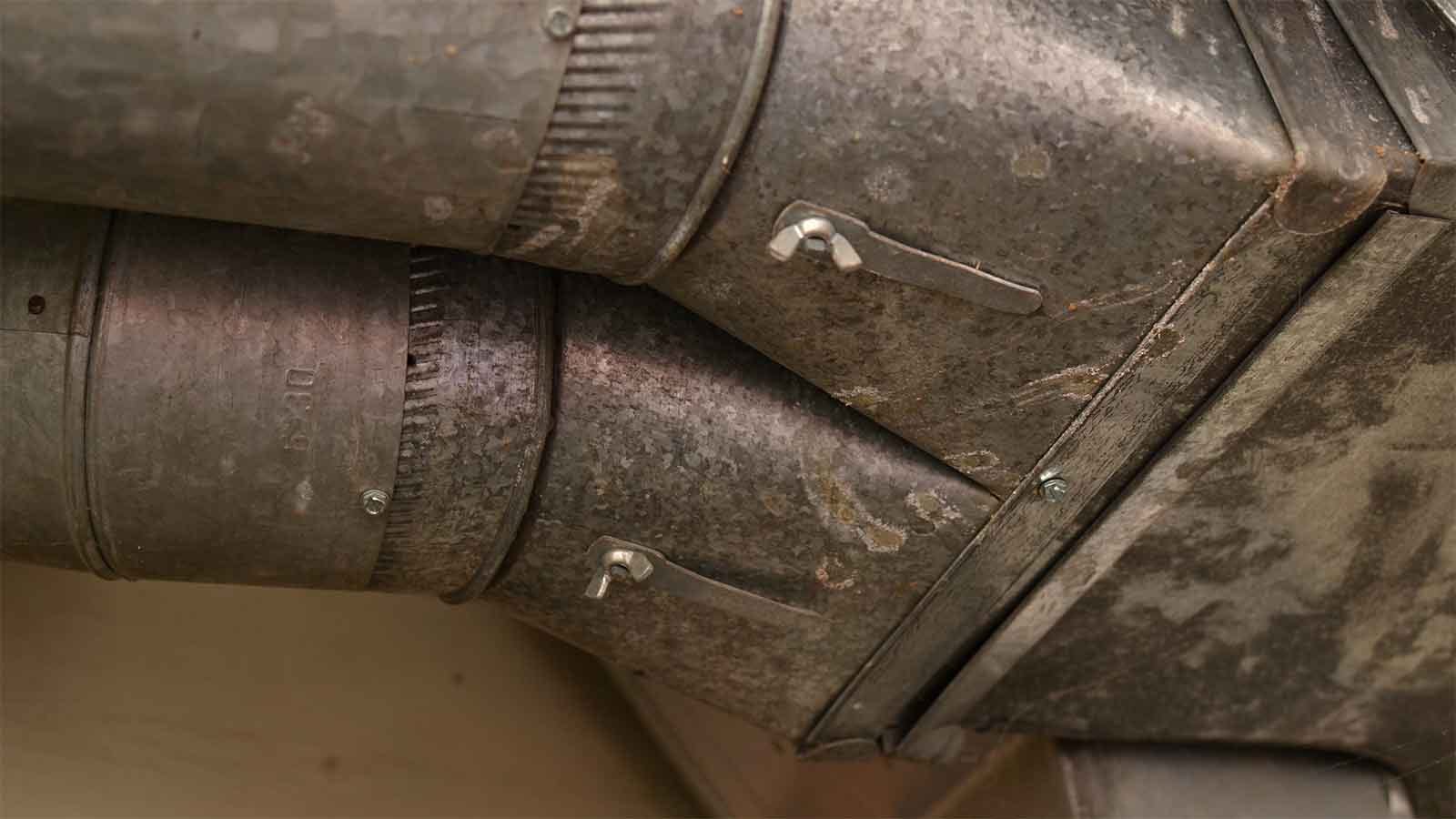
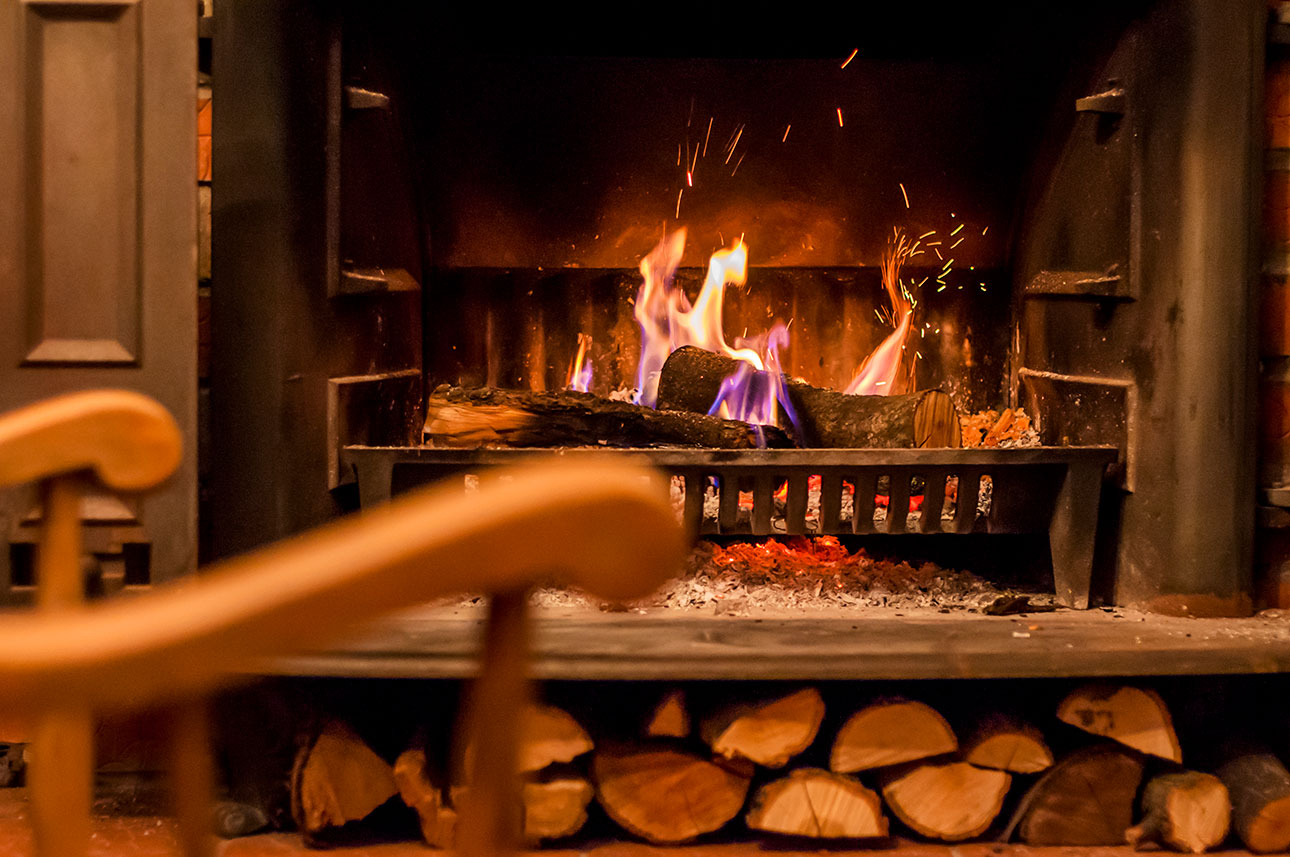
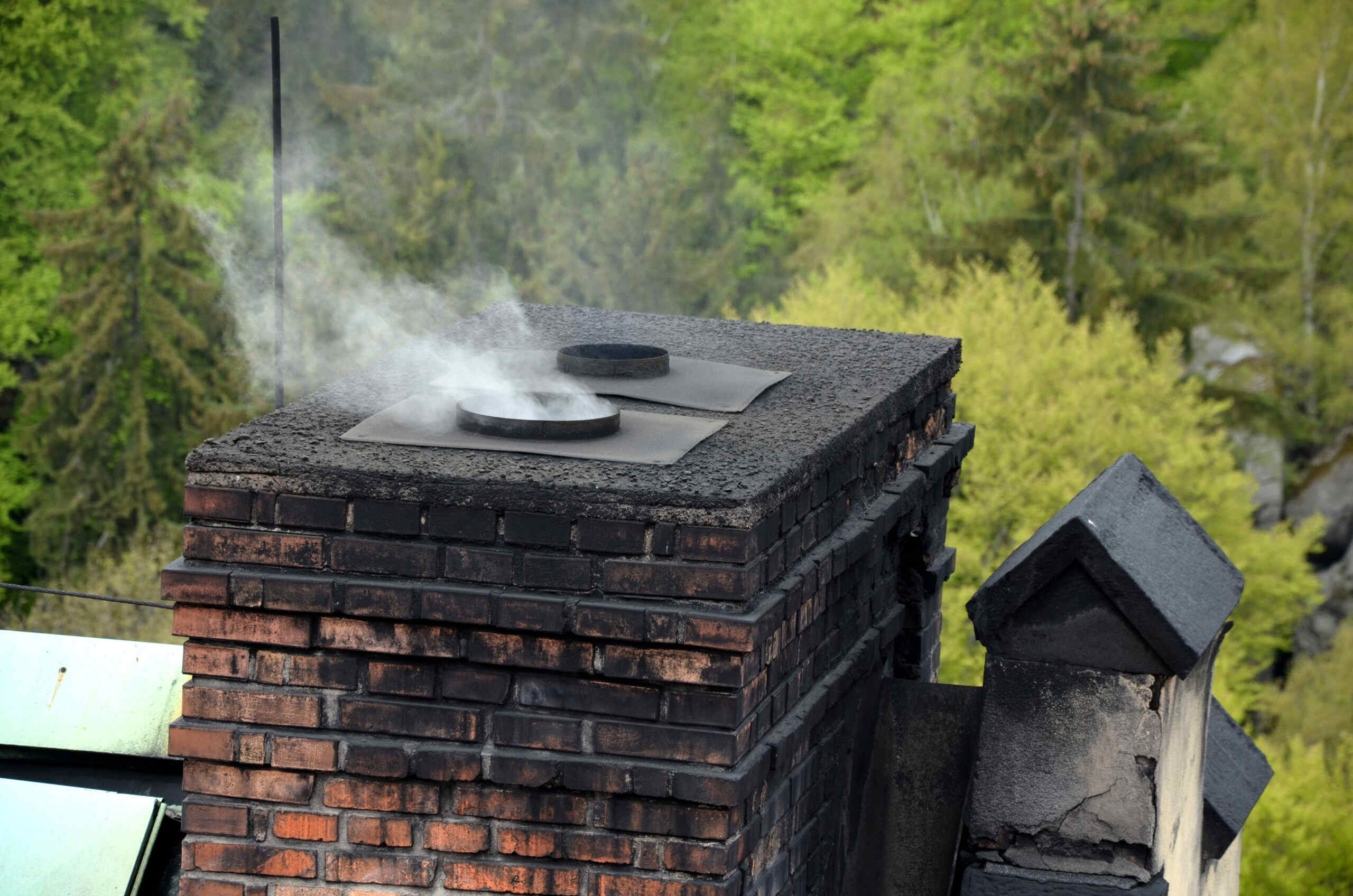
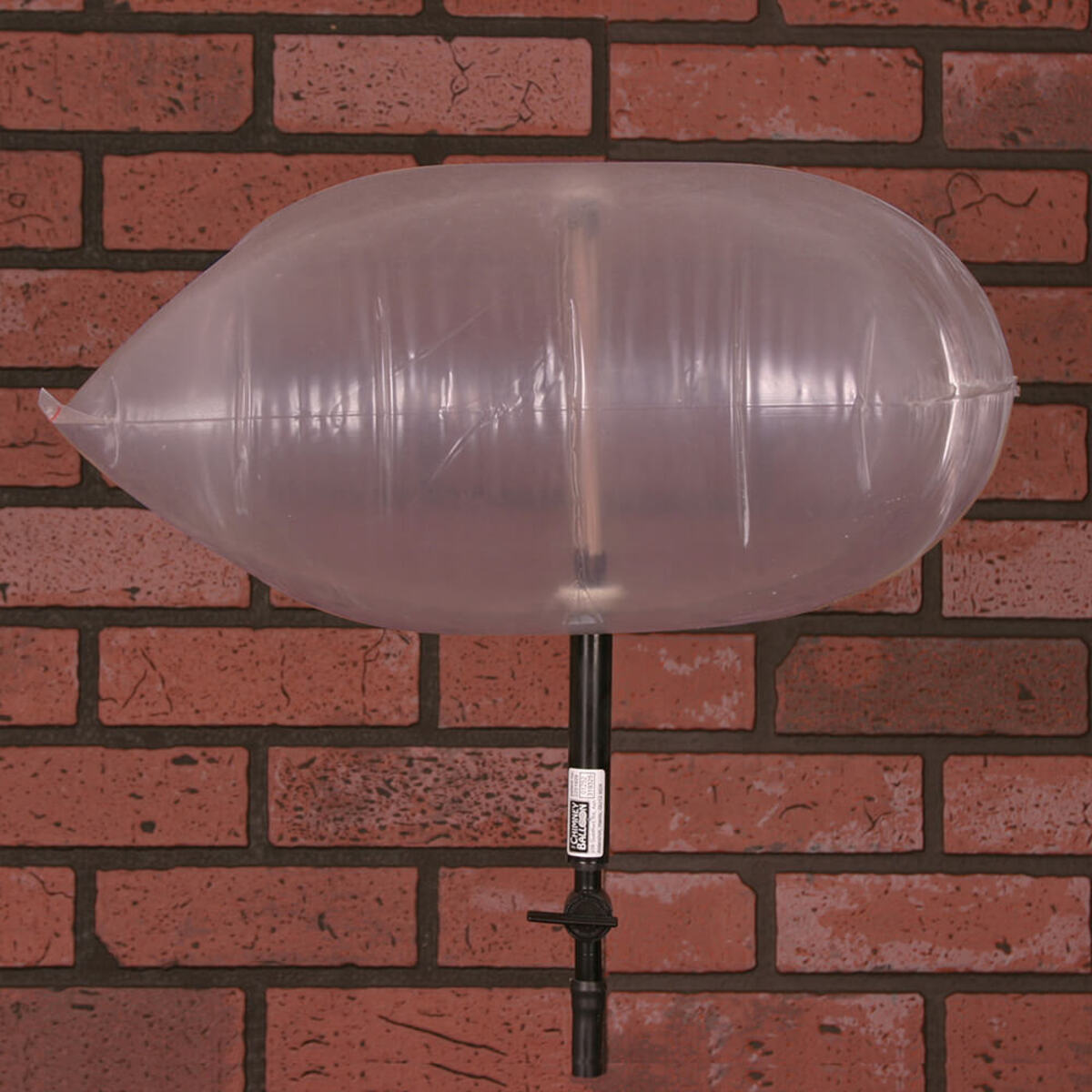
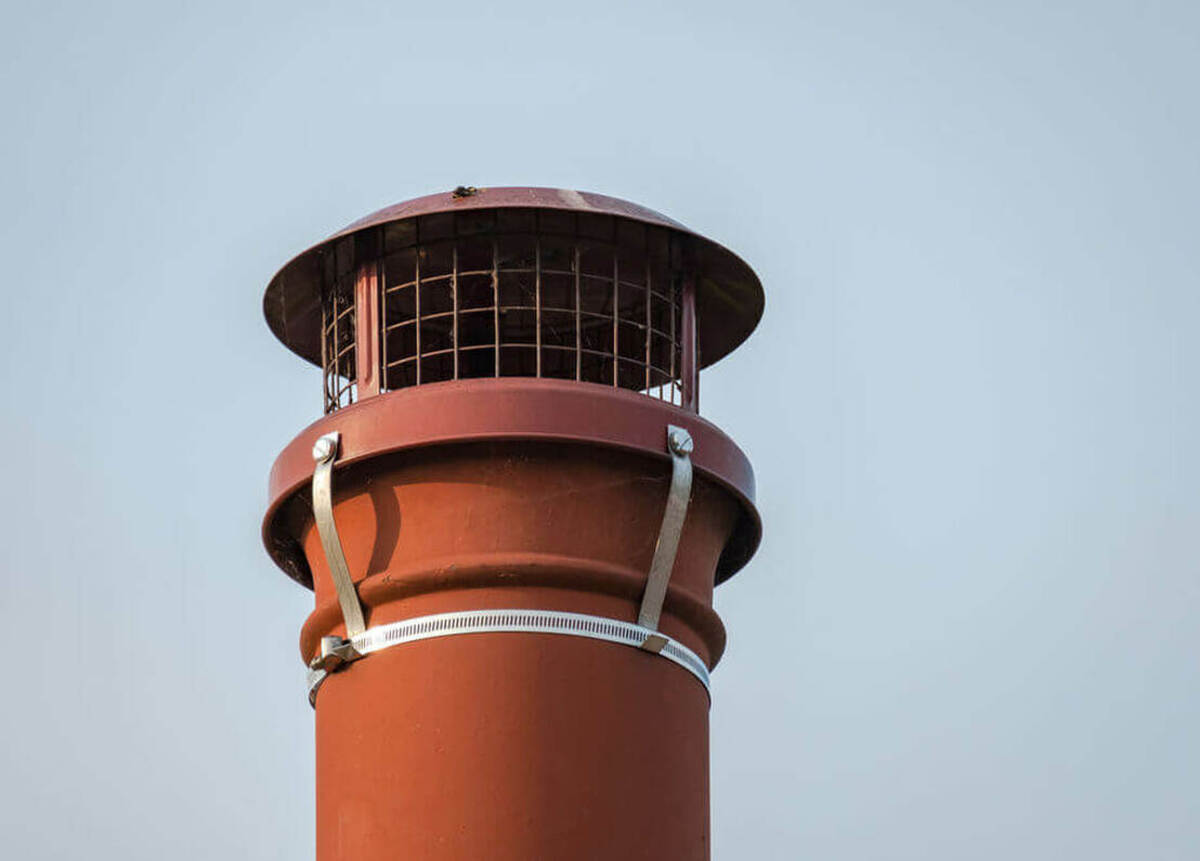
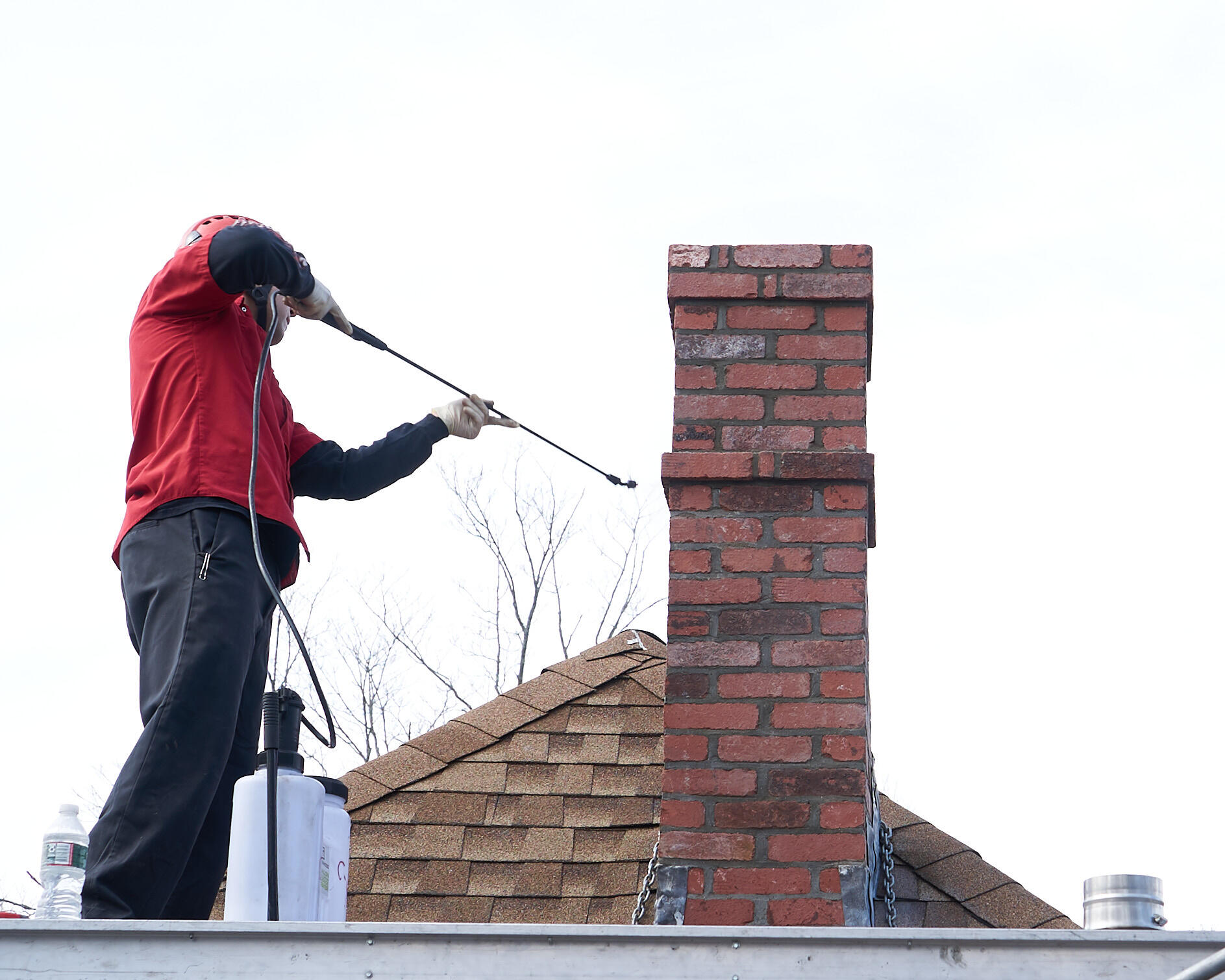
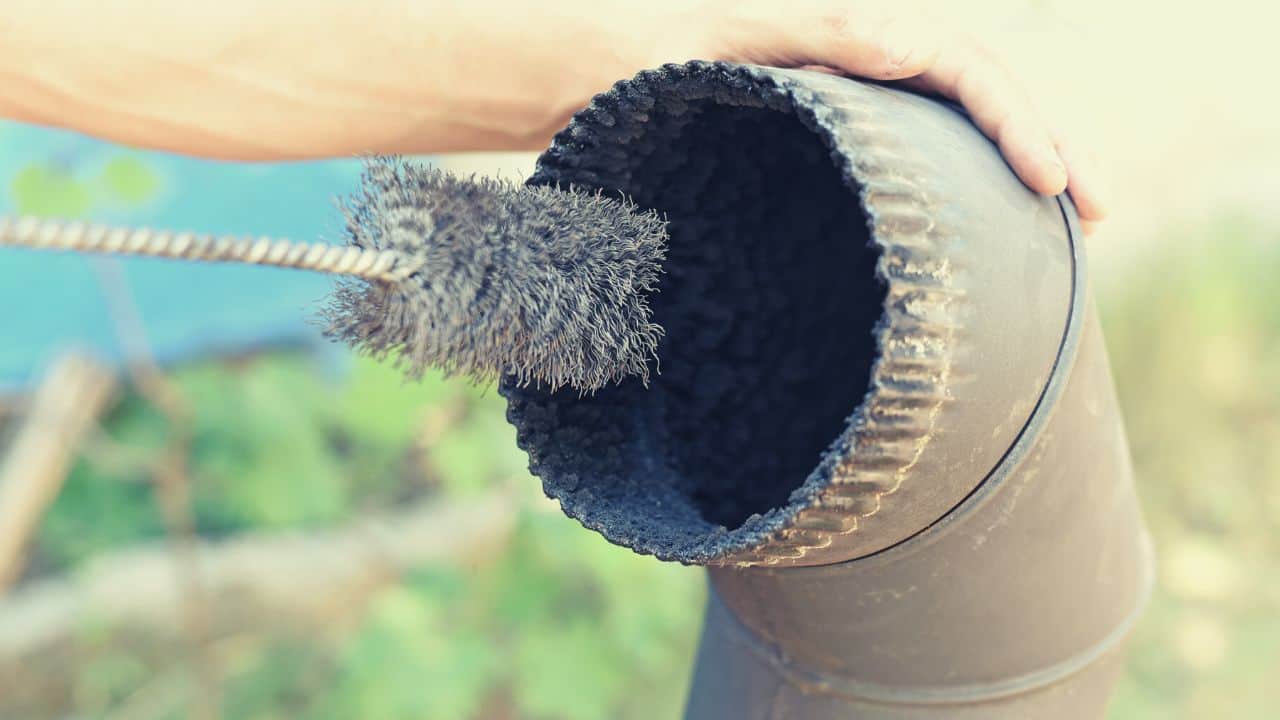
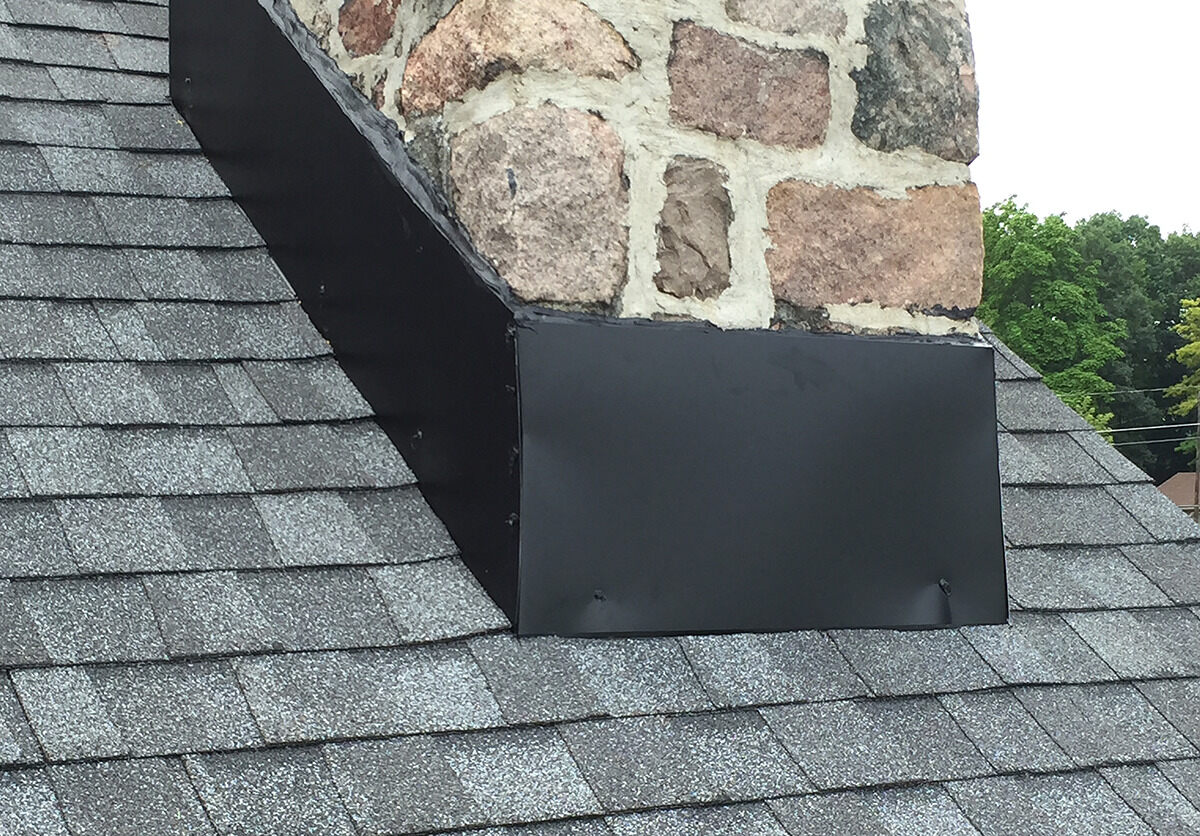
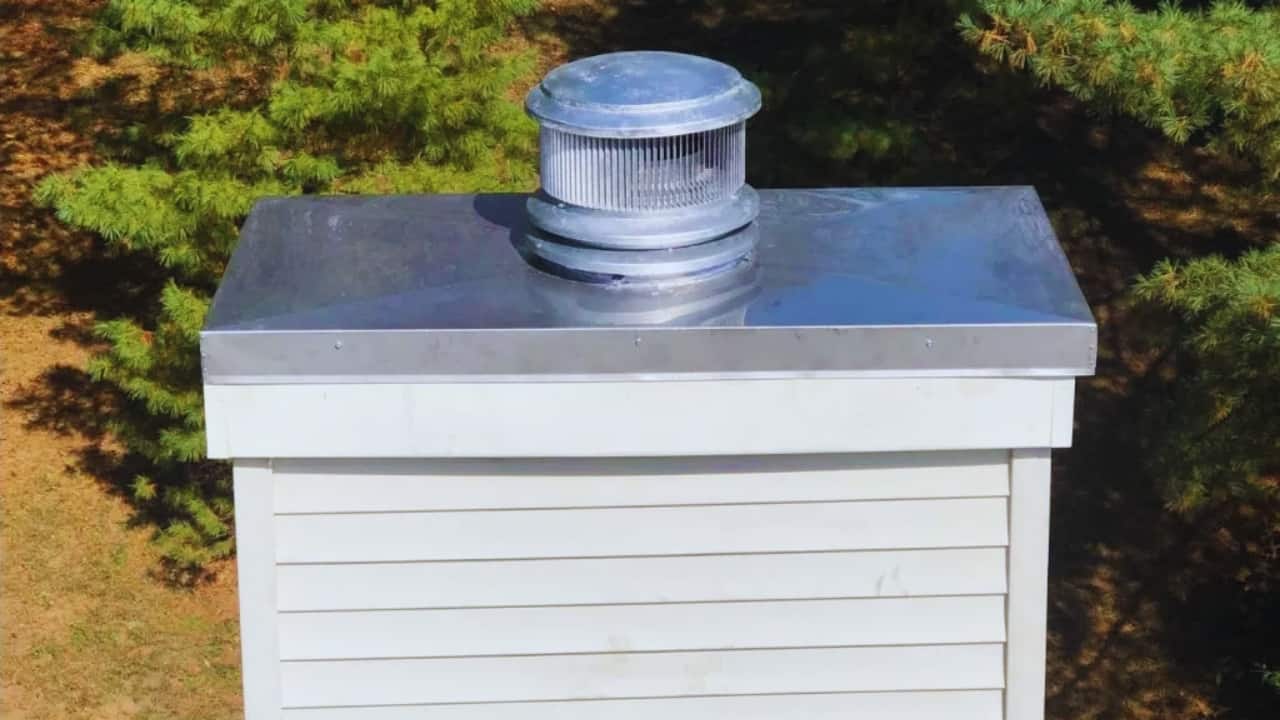
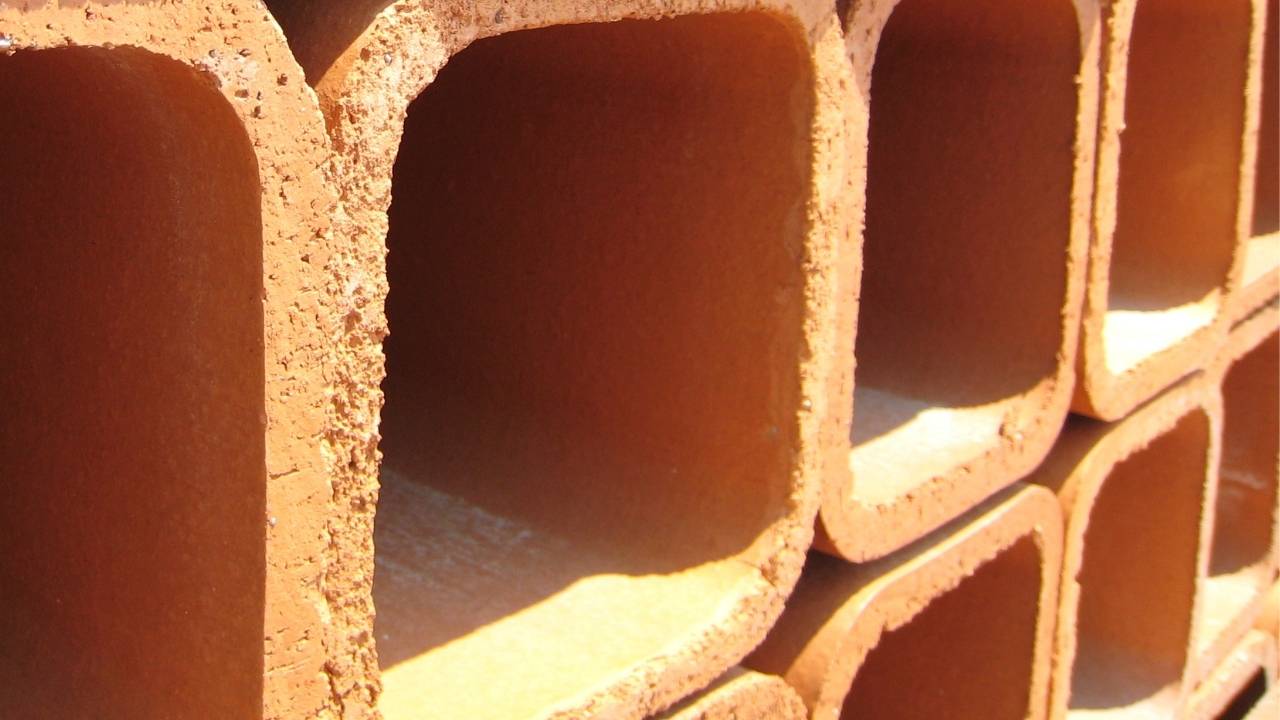
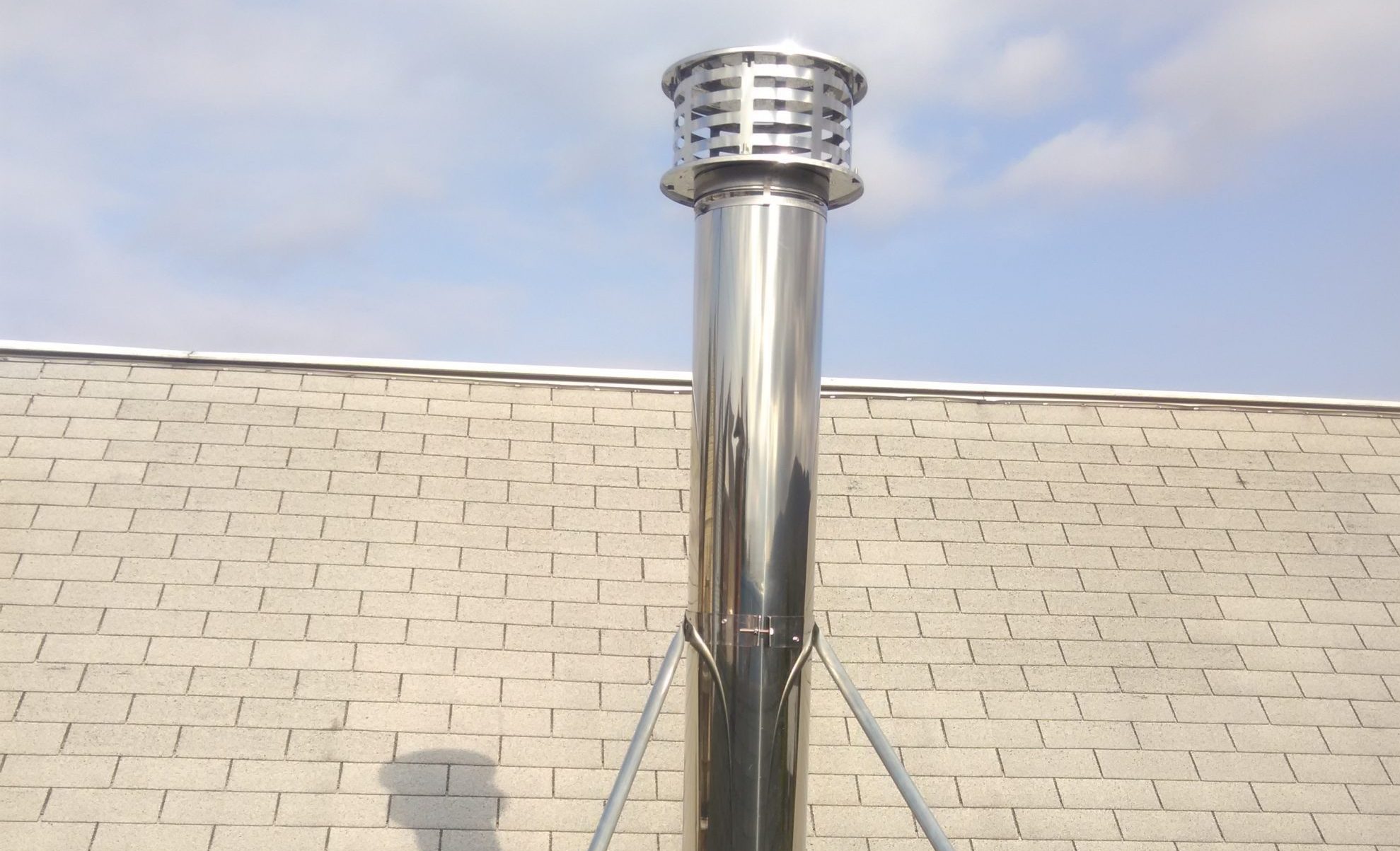
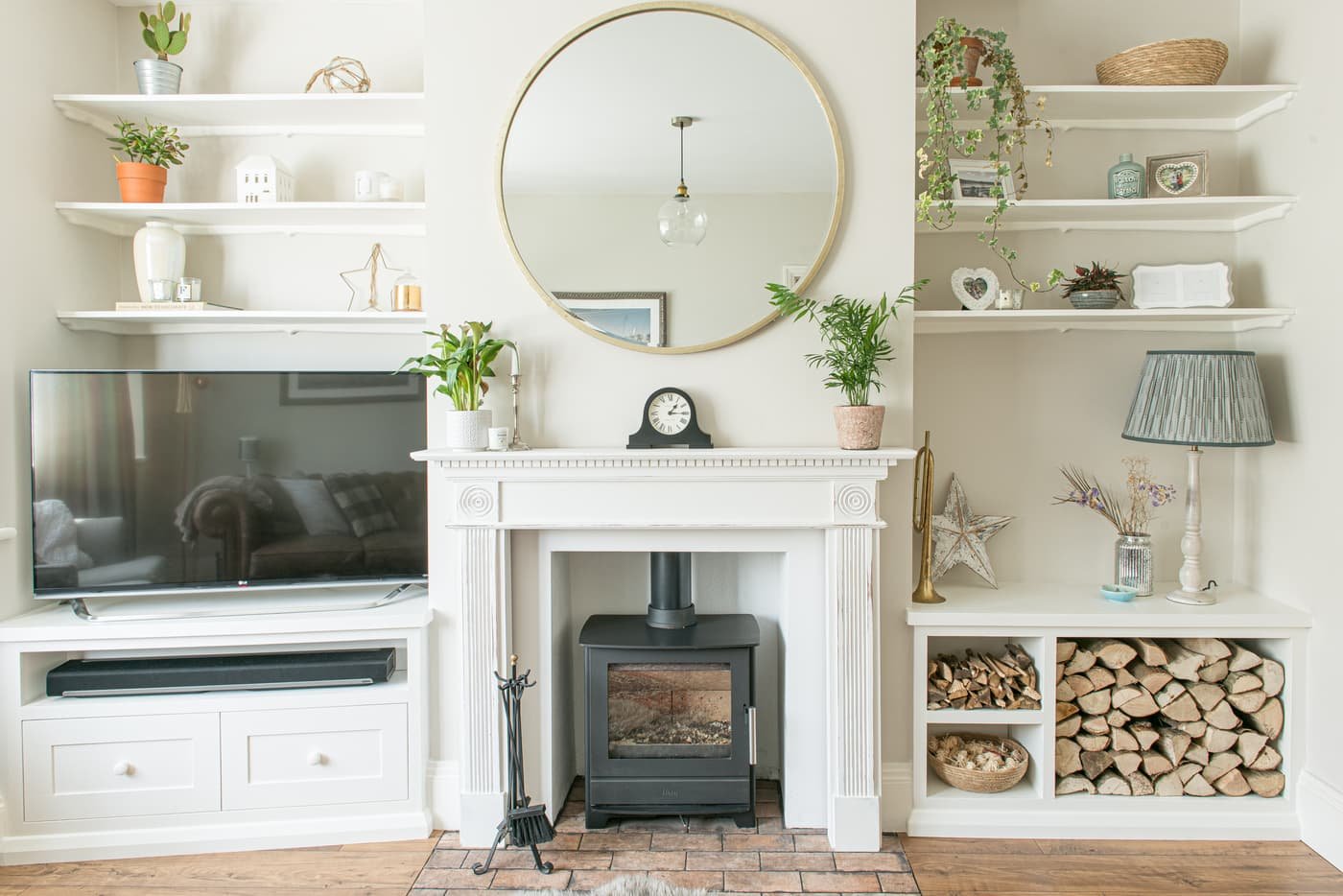
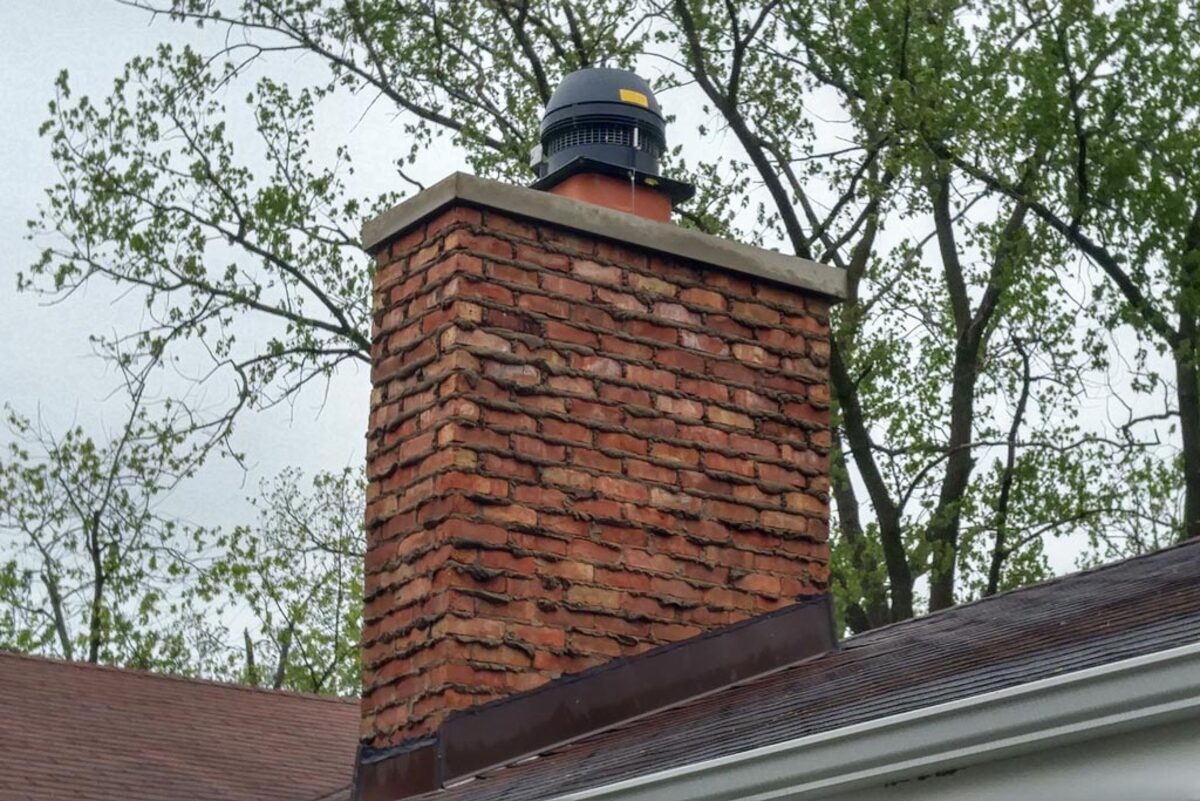

0 thoughts on “What Is A Damper In A Chimney”